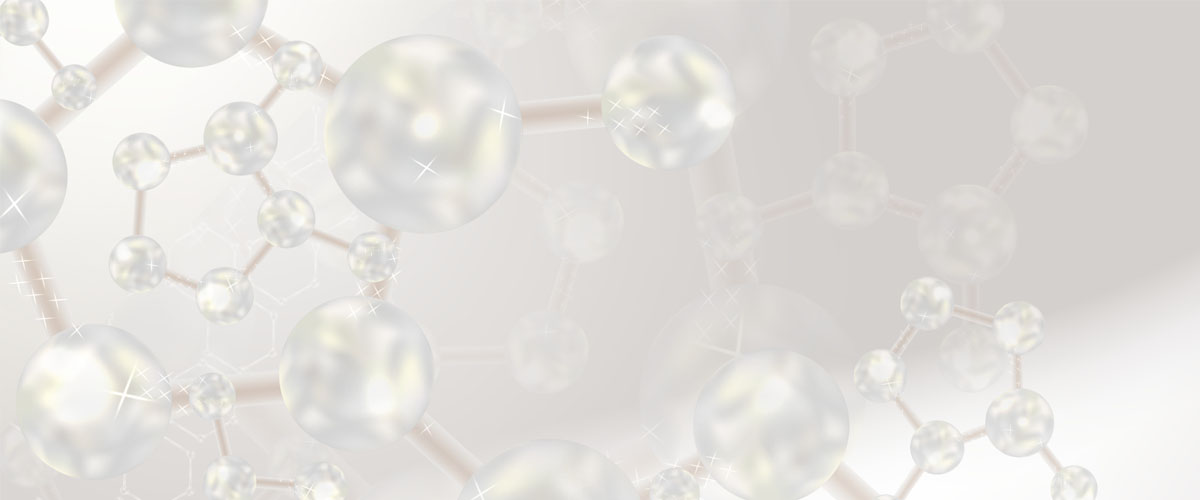The skin has three layers – the epidermis, dermis, and the hypodermis¹. The role of the epidermis is to maintain good skin barrier function. That is, to protect your body from bacteria and environmental stressors caused by the sun and wind. It also helps keep moisture (water) in².
As we go about our day and sleep at night, skin regeneration is taking place. Skin cells of the epidermis take, on average, between 28 and 40 days in adults to regenerate³. The new skin cells begin in the stratum germinativum, which is the deepest layer of the epidermis³, and continue up to the surface. This process, includes the production of keratinocytes in the deeper layer of the epidermis and their shedding as corneocytes (dead skin cells) from the surface of the skin, is known as the epidermal turnover⁴.
As we age, our skin undergoes many changes. Most notably, the epidermis thins out and our skin turnover rate slows significantly to 40 days and up to 60 days⁵ ⁶. This is one of the reasons why babies and young children have fresh, glowing skin – their skin turnover rate is much faster³.


